Water Desalination Using Solar Thermal Collectors Enhanced by Nanofluids
Water Desalination Using Solar Thermal Collectors Enhanced by Nanofluids
Source: https://onlinelibrary.wiley.com/
Introduction
In the future, the world is confronted with energy and freshwater shortage. Desalination of brackish or seawater is one of the most important ways to solve the water scarcity issue [1, 2]. The use of solar energy or waste heat sources is acceptable for water-producing systems of such a small size [3–5]. The relevancy of nanomaterials is to realize the best attainable properties within the smallest possible loadings through homogenized distribution and stable suspension of these nanoparticles[6–11]. Often, heat transfer improvement in solar collectors is one of the basic problems in energy saving, compact designs, and different operating temperatures. Researchers also investigated the multiwalled carbon nanotubes (MWCNTs) and water nanofluids with a pH of 3.5, 6.5, and 9.5, and Triton X-100 as a surfactant (0.2 wt %) using flat-plate solar collectors. It was found that the nanofluids have better heat transfer performance in acidic and alkaline water due to the influence of the isoelectric point. The higher efficiency (67 %) was obtained at pH 9.5 and 3.5 with a water flow rate of 0.0333 kg s–1. A stable nanofluid based on ethylene glycol-containing nanosheets of graphene oxide was prepared by Yu et al. [12]. The improvement in thermal conductivity relies strongly on the volume fraction of the nanosheet of graphene oxide and increases with higher nanoparticle loading. The heat efficiency was enhanced up to 61.0 % using a nanosheet loading of 5.0 vol %. For seven days, the thermal conductivity of the fluids remained almost constant, which suggests their high stability. In the measured temperature range, the enhancement value was independent of the temperature. Peyghambarzadeh et al. [13, 14] studied force convection techniques in an excessively base water nanofluid, which was experimentally compared to water in a vehicle heat exchanger with different nanofluid loadings. It was experimentally investigated to improve the rate of heat transfer. The variable effect of the inlet temperature of the fluid in the heat exchanger on the heat transfer coefficient was evaluated. The findings showed that the incremental fluid circulation rate would increase the output rate of heat transfer, while the temperature of the fluid entering the heat exchanger had negligible effects. Meanwhile, water nanofluid subservience at low-volume loadings would increase the heat transfer rate efficiency by approximately 44 % compared to water
Only logged in customers who have purchased this product may leave a review.



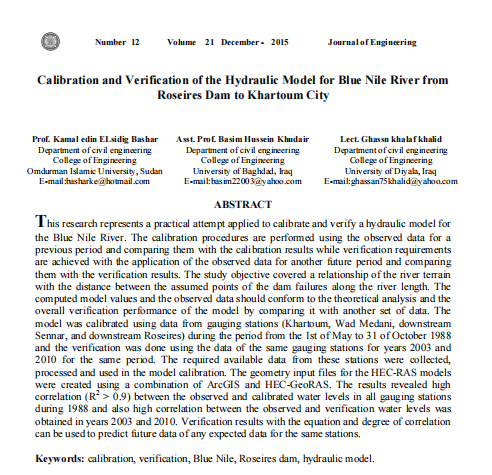
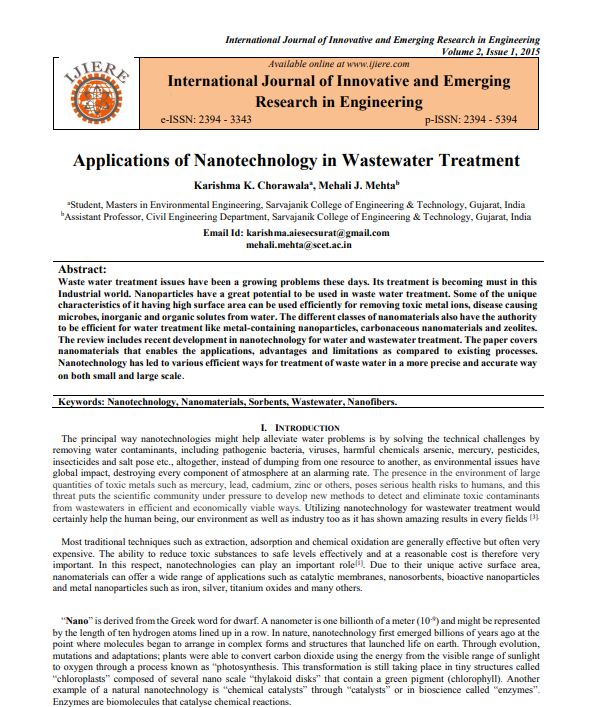
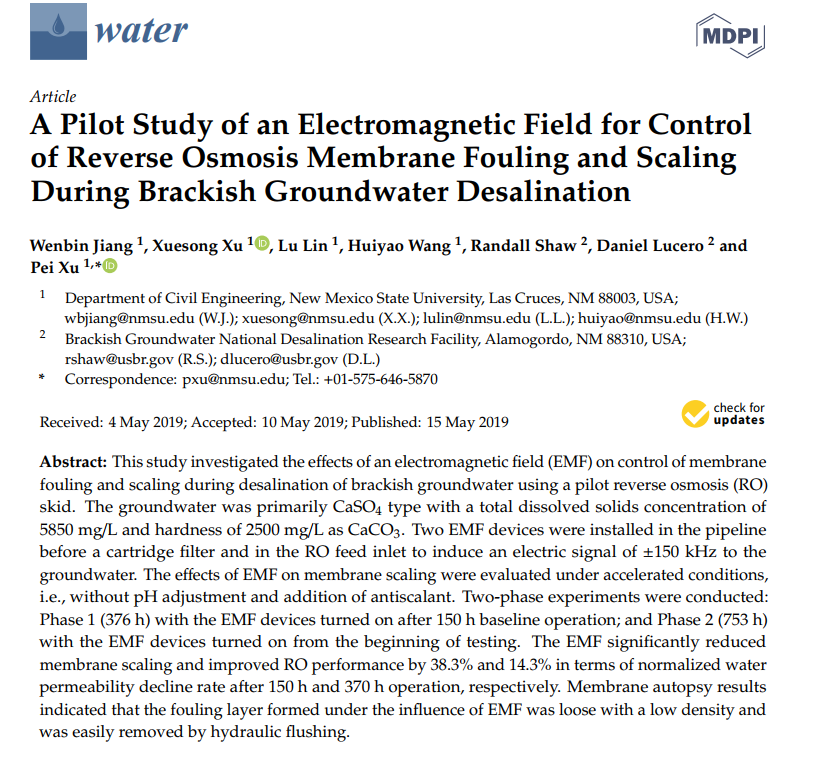
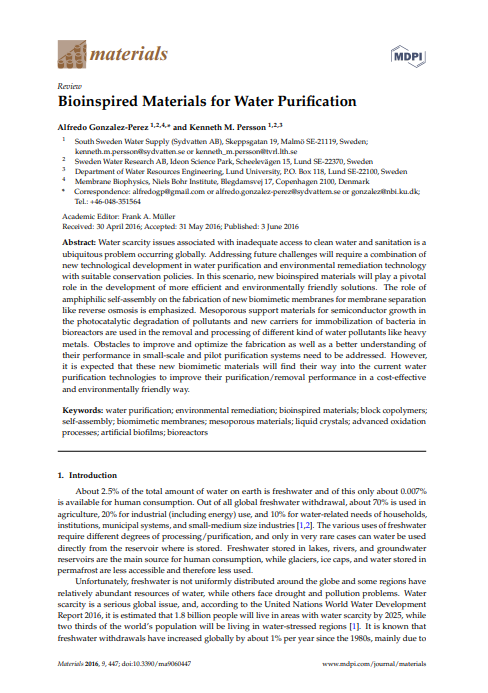
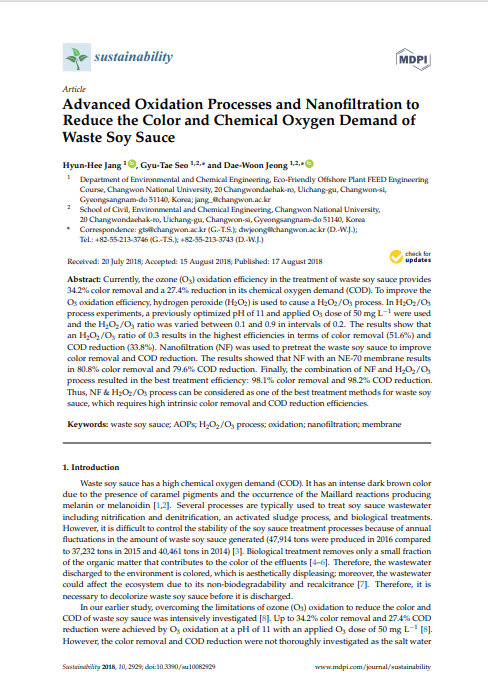
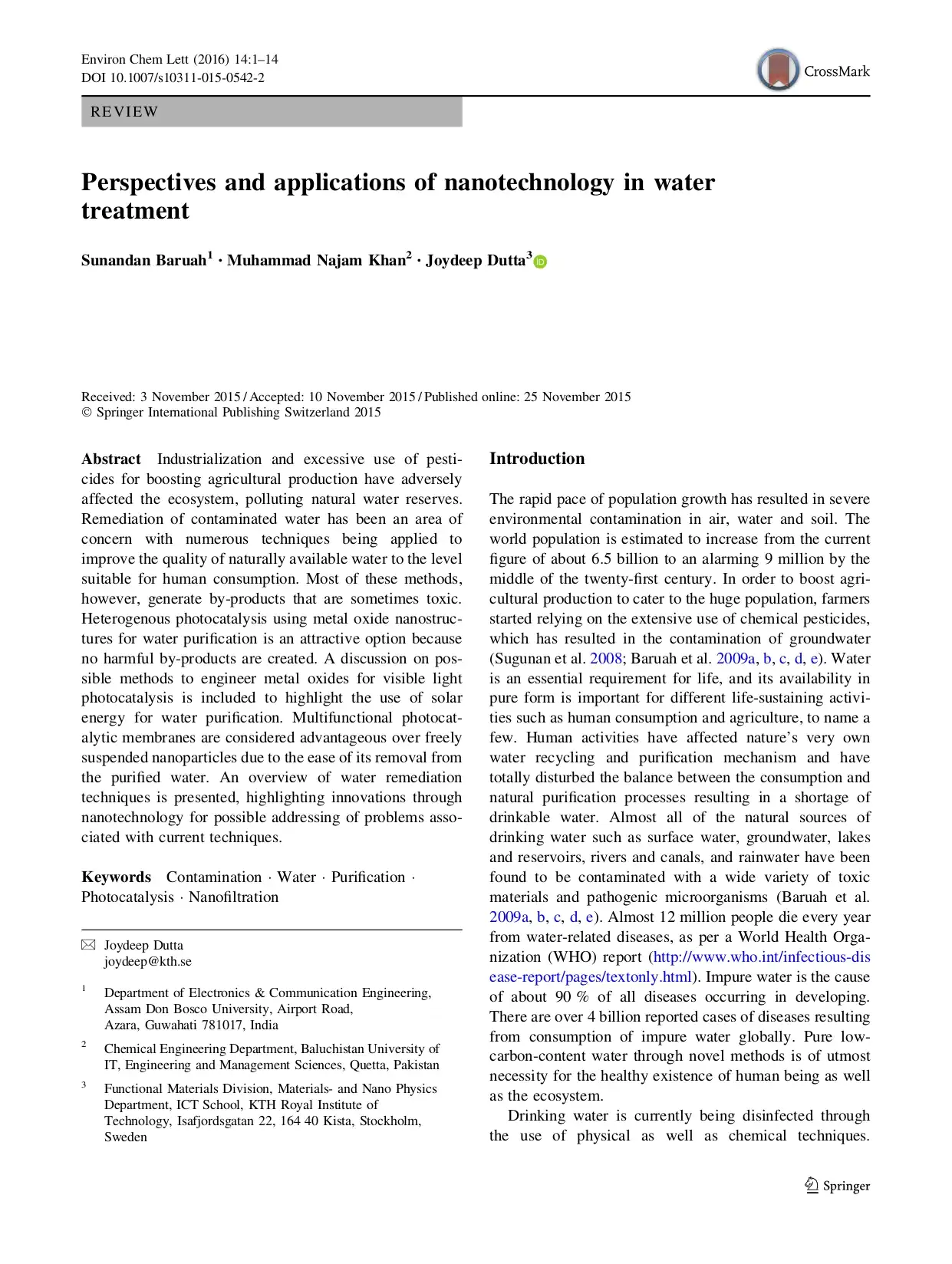
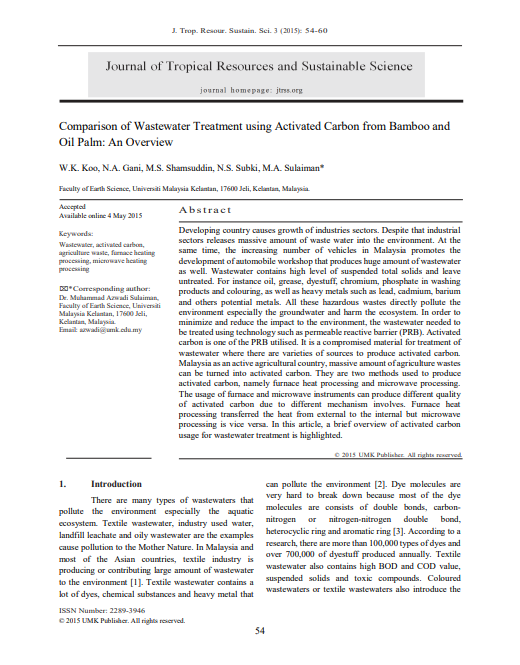
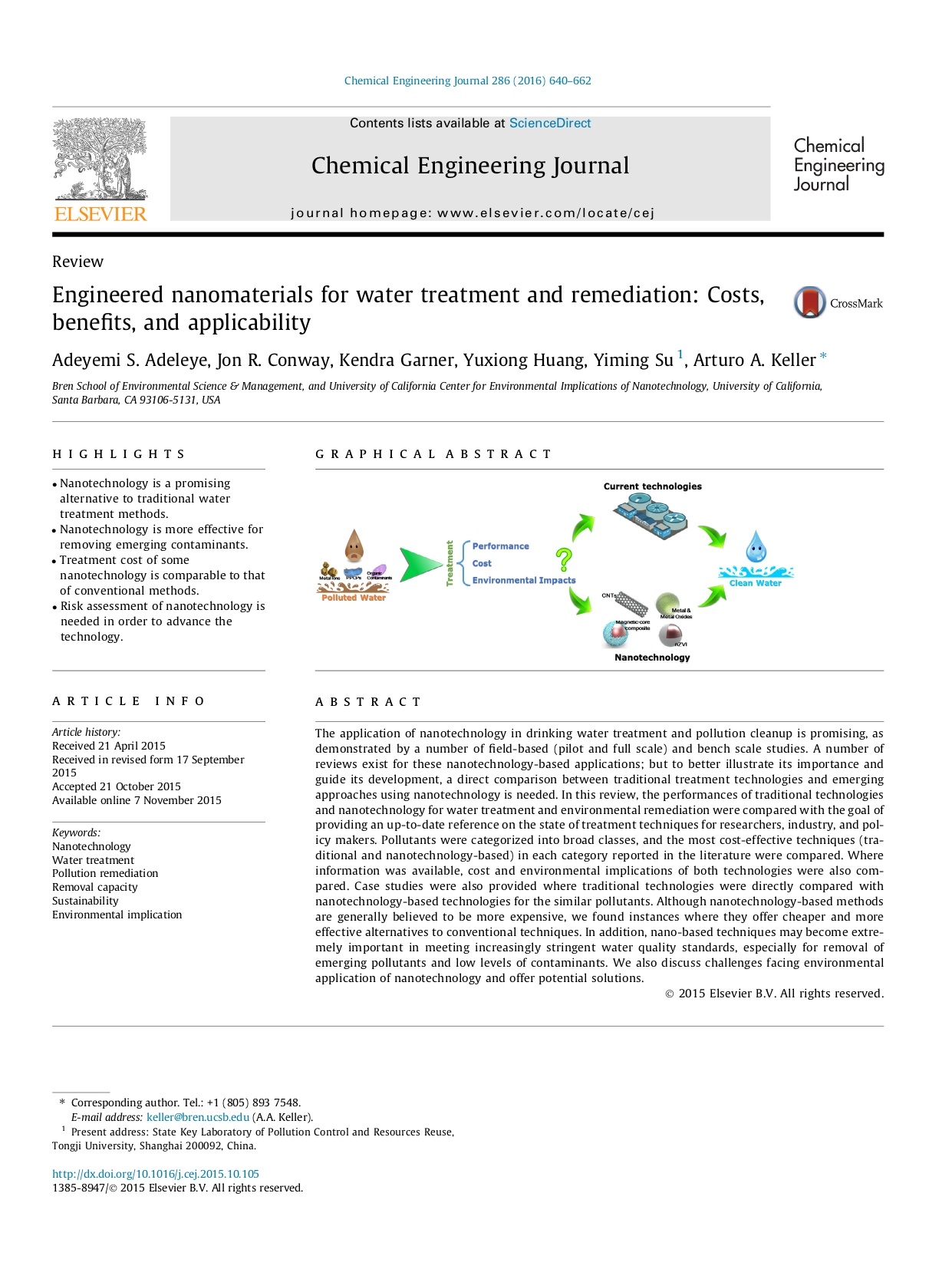
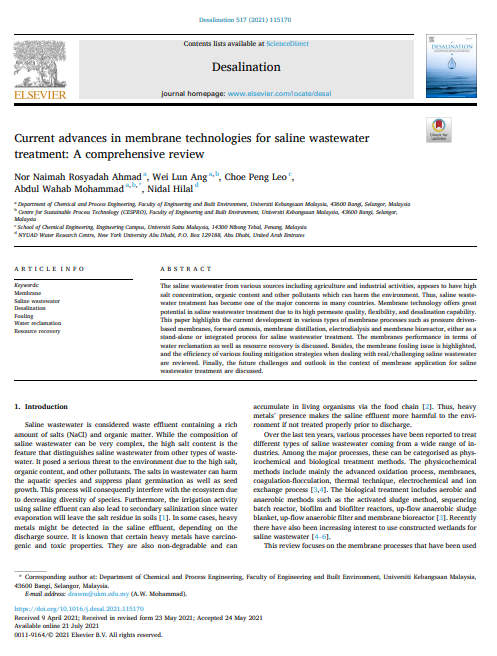
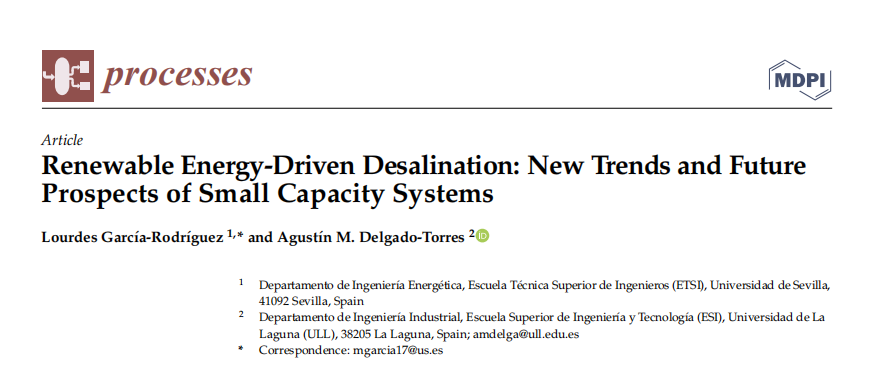
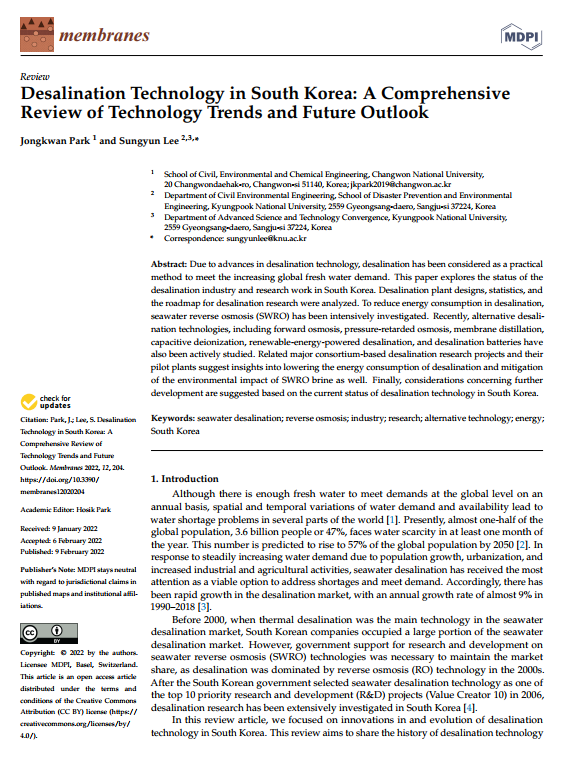
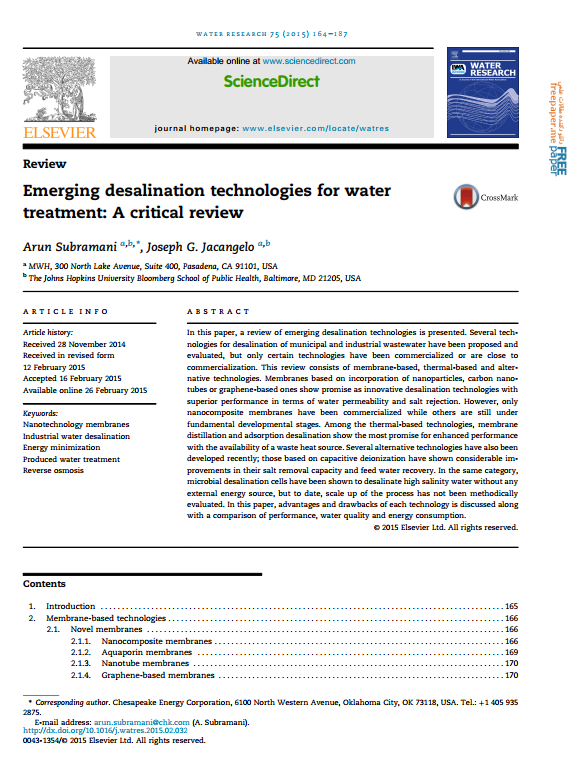
Reviews
There are no reviews yet.